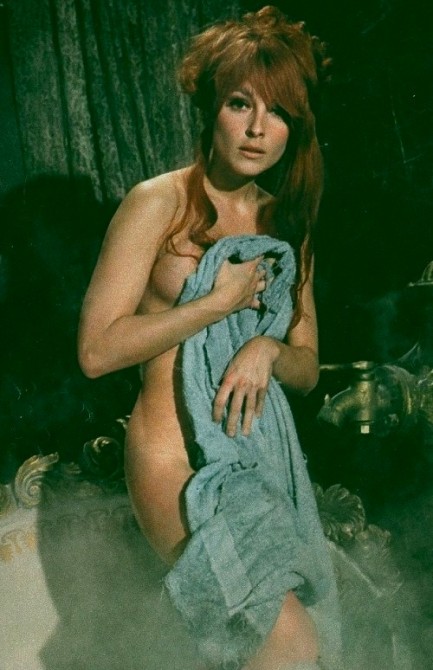| Vintage Pulp | Oct 30 2023 |

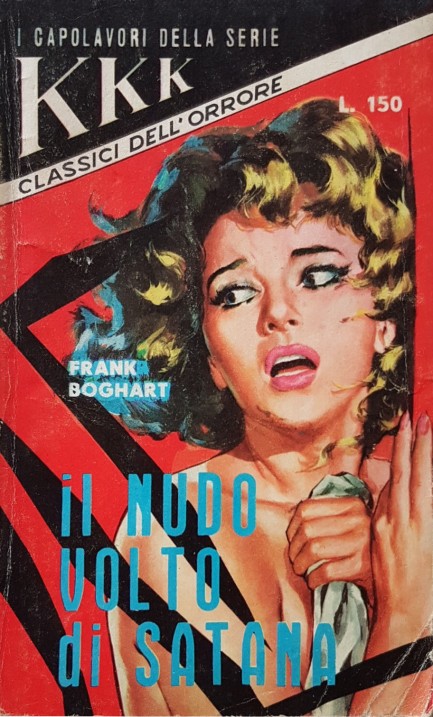
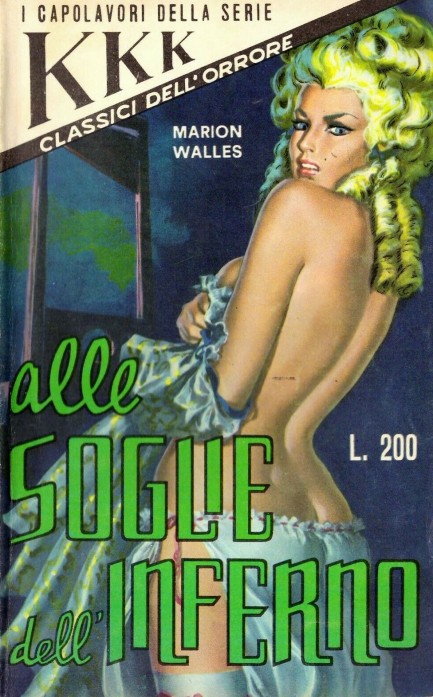
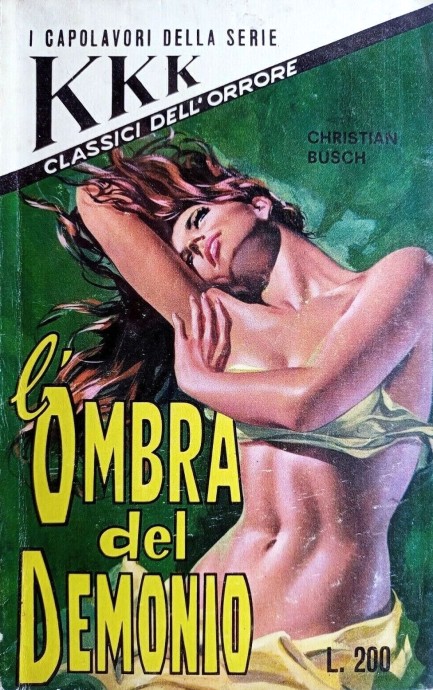
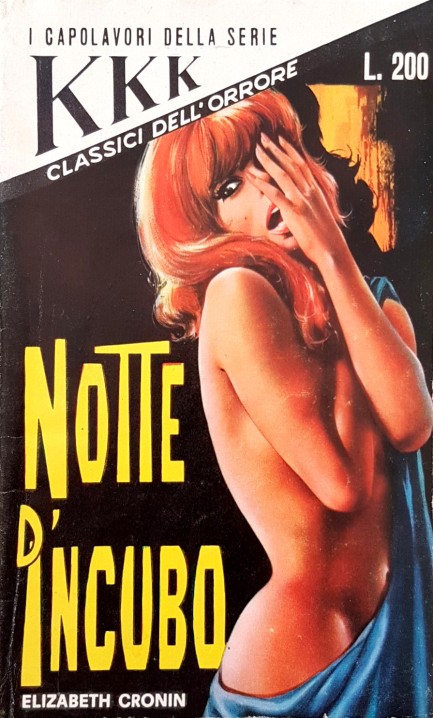
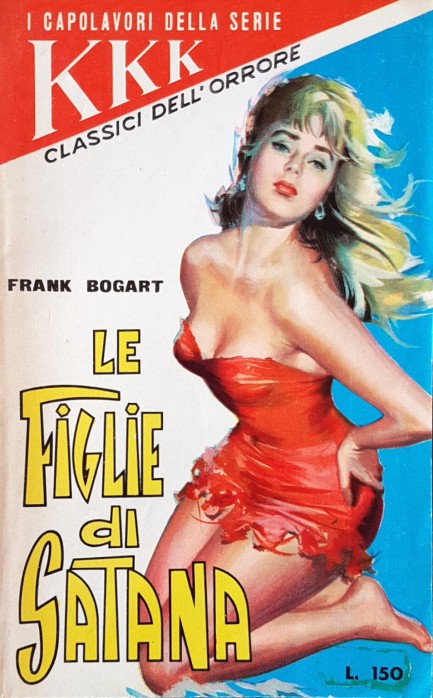
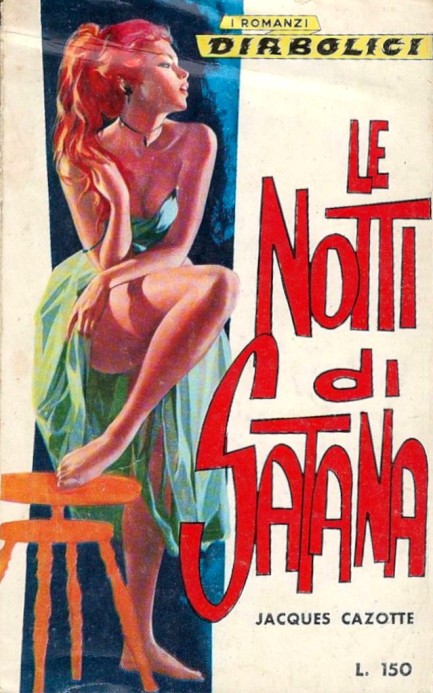
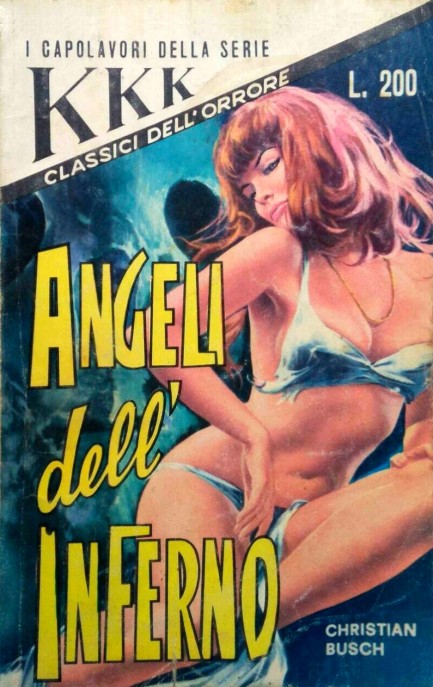
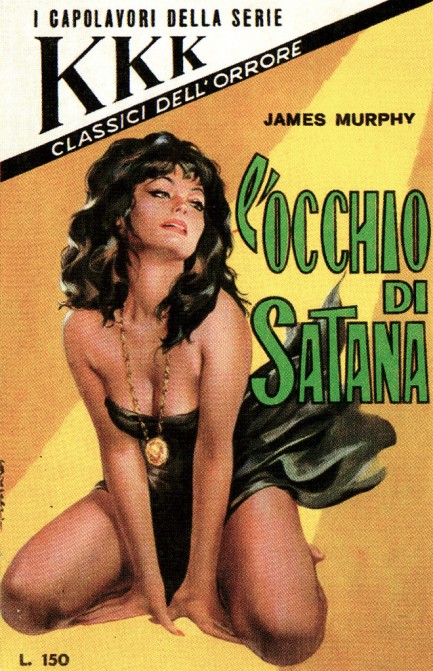
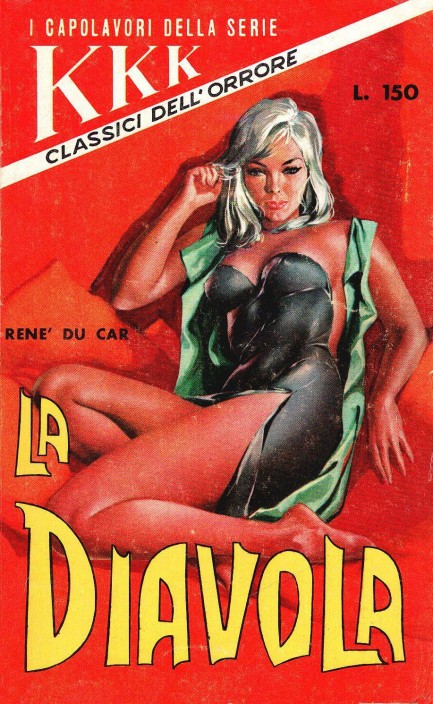

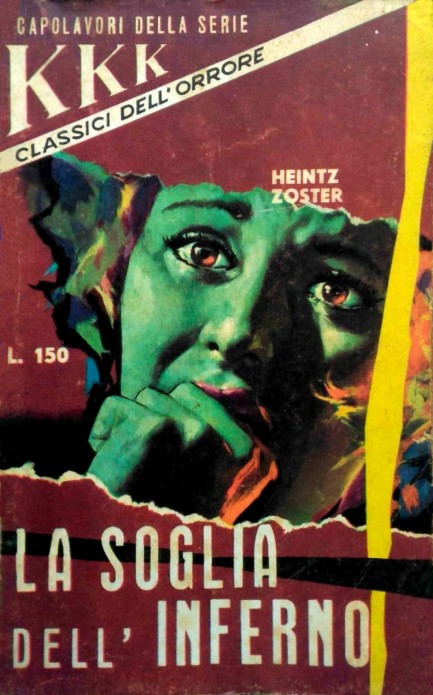
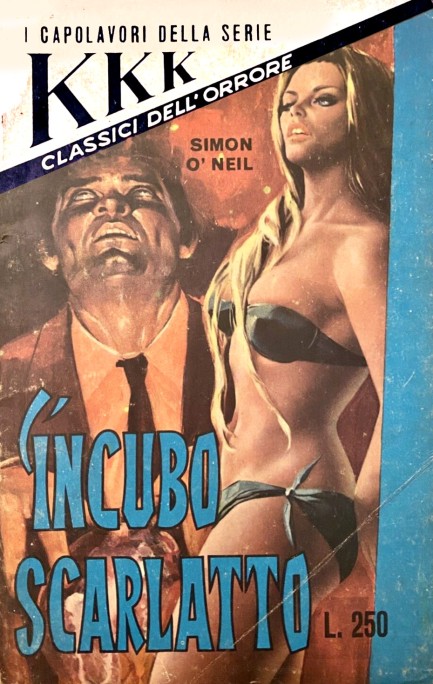
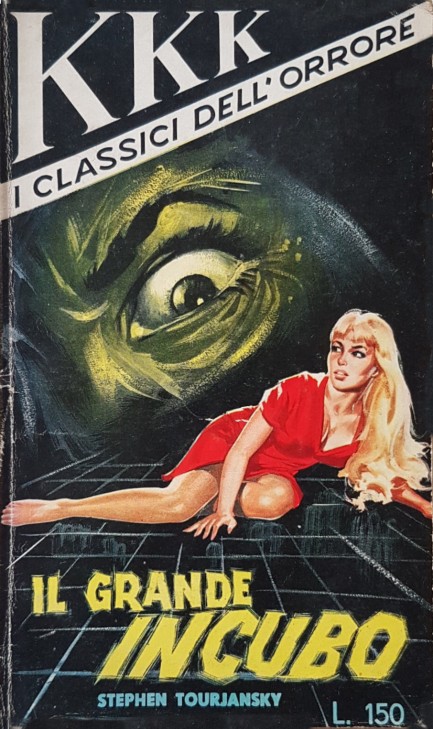
| Vintage Pulp | Aug 7 2023 |

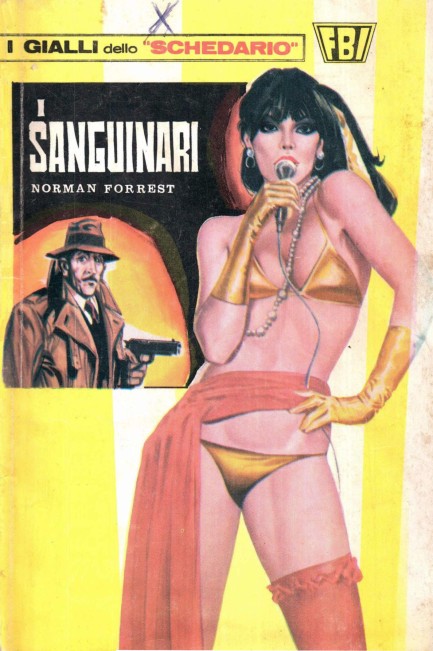
This entry in Editions ERP's I Gialli dello Schedario's FBI series is a late one. It was number 259 and came in 1980, which is surprsing because we didn't realize ERP was still using painted cover art then. This one was the work of Mario Carìa, and Norman Forrest the author was actually—you guessed it—Renato Carocci, the guy who you could be forgiven for thinking wrote every Italian crime novel ever. You can check his output by clicking his keywords below, and you can see a small collection of FBI covers here.
| Vintage Pulp | Jul 26 2023 |

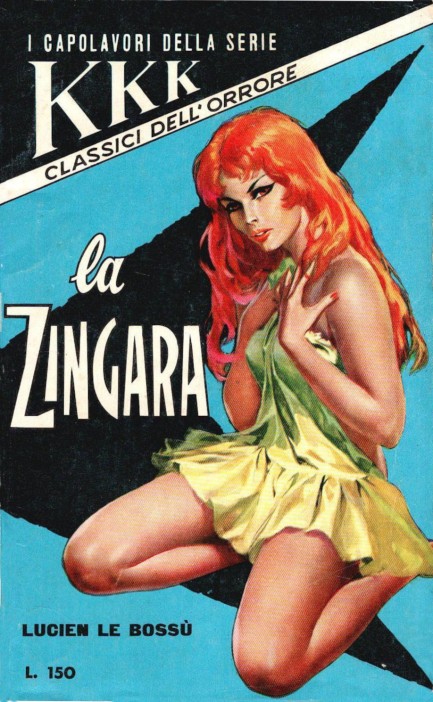
This is wonderful work from Italian illustrator Benedetto Caroselli, fronting Lucien Le Bossù's La zingara, which is number fifty-two in Grandi Edizioni Internazionali's series I Capolavori della Serie KKK Classici dell’Orrore. “Zingara” is Italian for gypsy, and this one has red hair and red eyes, which is not the first time Caroselli went this route with one of his women. The author here, Le Bossù was actually Renato Carocci, who wrote scores of books under too many pseudonyms to list, with this one coming in 1965. Caroselli was prolific, as well. If he didn't paint more covers than anyone else in Italy during the 1960s, he certainly came close.
| Vintage Pulp | Mar 31 2022 |

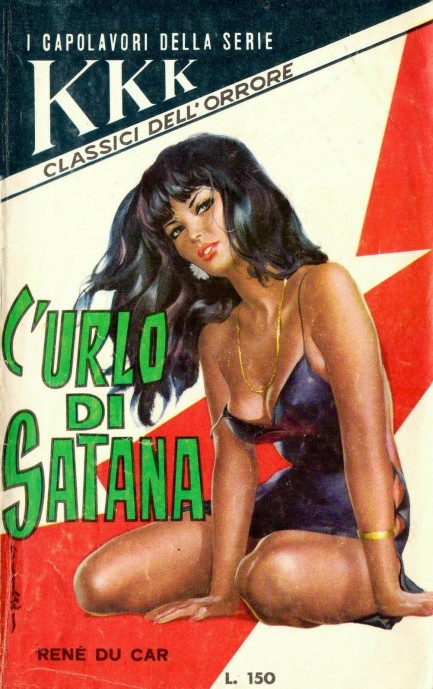
| Vintage Pulp | Jul 27 2014 |

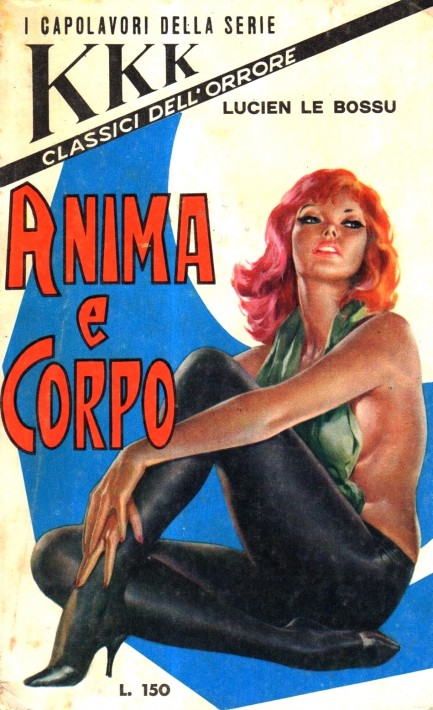
| Vintage Pulp | May 25 2014 |

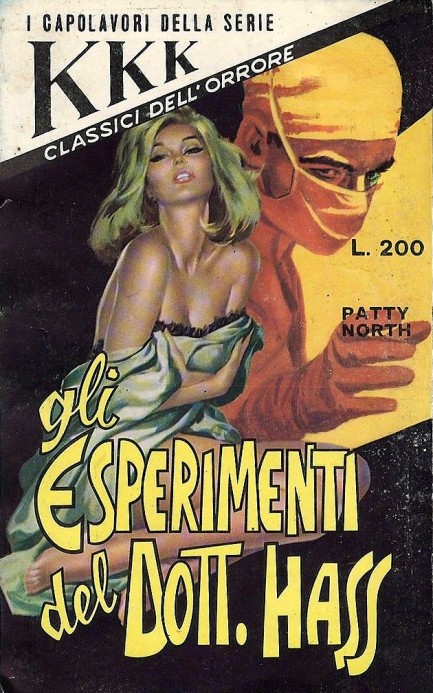
Above is I Capolavori della Serie KKK Classici dell’Orrore number 127, entitled Gli esperimenti del Dott. Hass, aka The Monster, published in 1969, written by Patty North, who was really Franco Marotta. And of course the brilliant art is by Benedetto Caroselli, whose work you probably recognize by now. Marotta also wrote Il robotto maledetto, which means so far he’s written about an evil doctor and an evil robot. The book also has a short story beginning on page 121 called “Violenza,” which was penned by Roland Greaves, who was really Renato Carocci. That’s a lot of entertainment for just a few euros, and well worth it.
| Vintage Pulp | Jan 17 2013 |

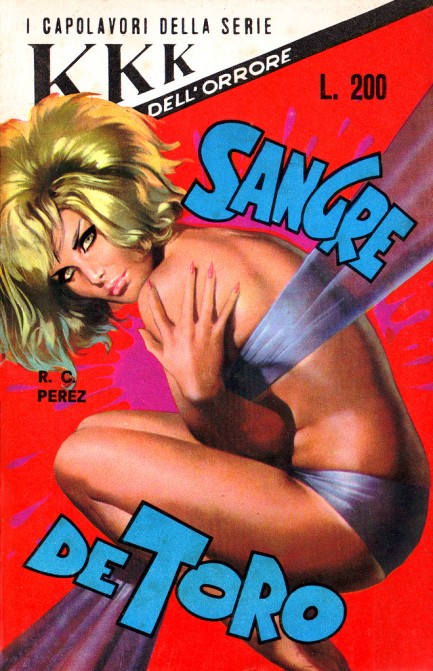
Some random goodness today, a cover for Sangre de toro (“blood of the bull”), book 109 of I Capolavori della Serie KKK Classici dell’Orrore (KKK Masterpieces Series of Classic Horror), a popular collection published by Grandi Edizioni Internazionali beginning in 1962. This entry arrived in ’68, and was written by R.C. Perez, or in reality the Italian author Renato Carocci, who inhabited an array of pseudonyms that included René du Car, Christian Busch, Harry Carren, Roland Graves, Lucien Le Bossu, James Darren, and Elizabeth Cronin. The incredible art is by Benedetto Caroselli, who, believe it or not, is a fairly obscure figure—at least if we’re to judge by the extreme dearth of info about him online. This isn’t the first time this has happened with Italian art. What the heck is going on over there in Italy, guys? Surely you must love these artists as much as we do. Build a webpage or two (actually, there is one, but you don't get a good look at the art). Well, in any case, we’ll definitely have more on Caroselli soon. We won’t stop looking until we do.
| Vintage Pulp | Dec 13 2011 |


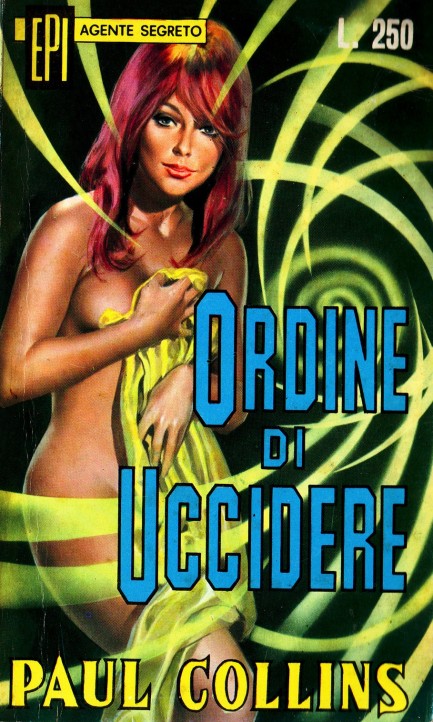
A long while ago we showed you a paperback cover that featured a painting of Sharon Tate. That book specifically used Tate both as cover art and interior subject matter. In contrast, the two figures above aren’t explicitly supposed to be Tate, but it just so happens that both unknown artists modeled their work from an on set photograph from her 1966 Dracula spoof The Fearless Vampire Killers. The photo was shot by Roman Polanski, who also directed the film. As you can see, it was used on John Dexter’s sleaze pulp Chuck-a-Lust, painted by Darrel Millsap, and on Paul Collins’s, aka Renato Carocci's giallo Ordine di uccidere, painted by Bendetto Caroselli. The former was published in 1967, and the latter in 1968. One year later, Tate was gone.